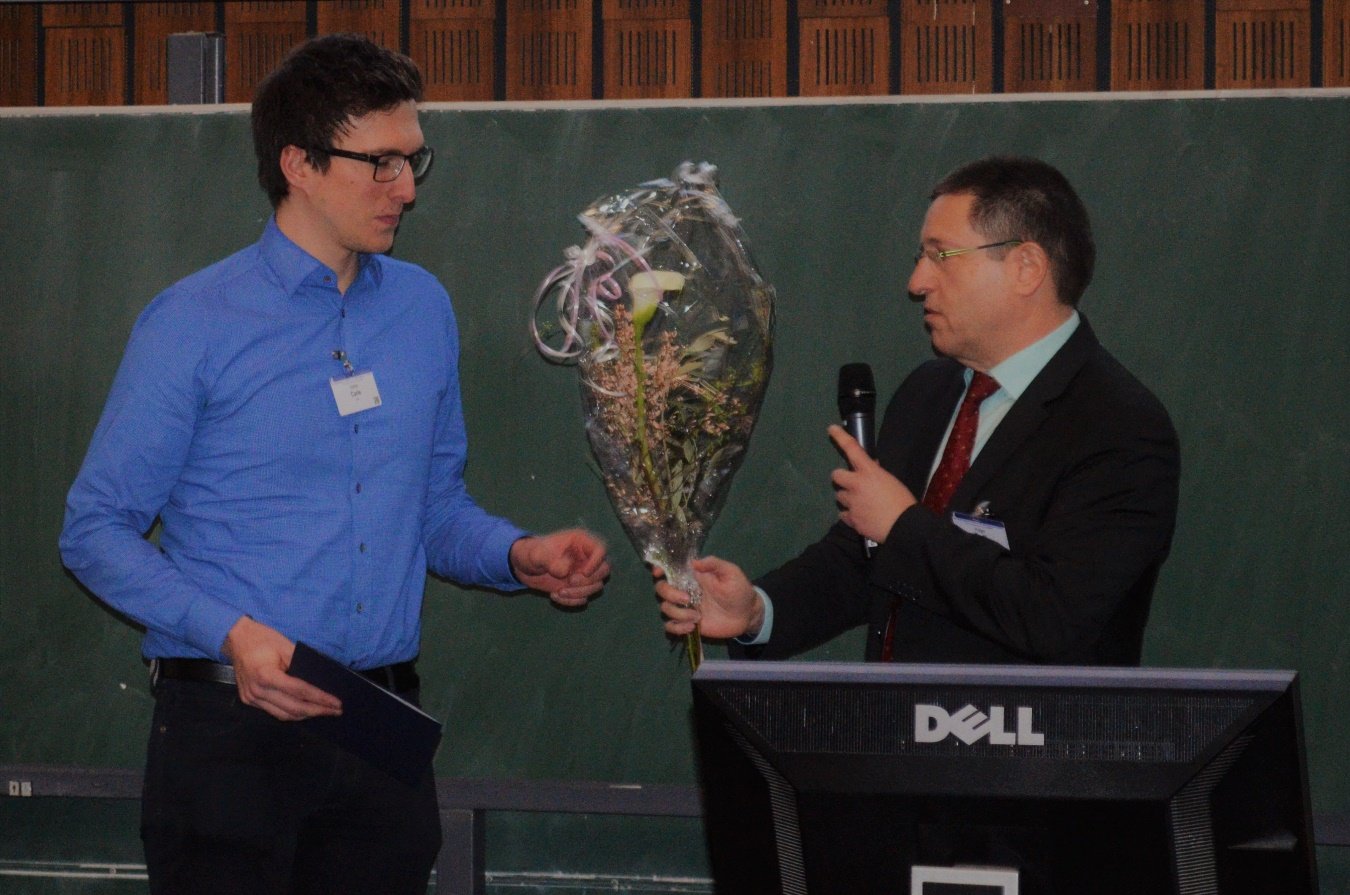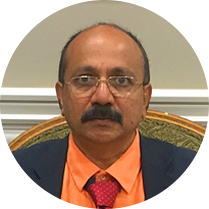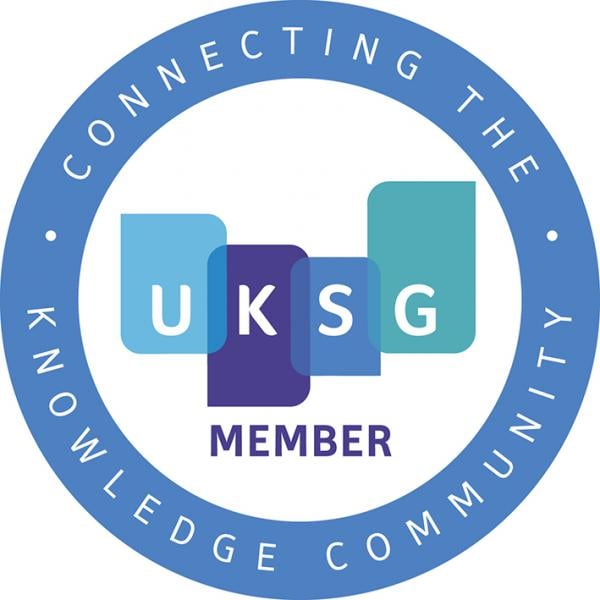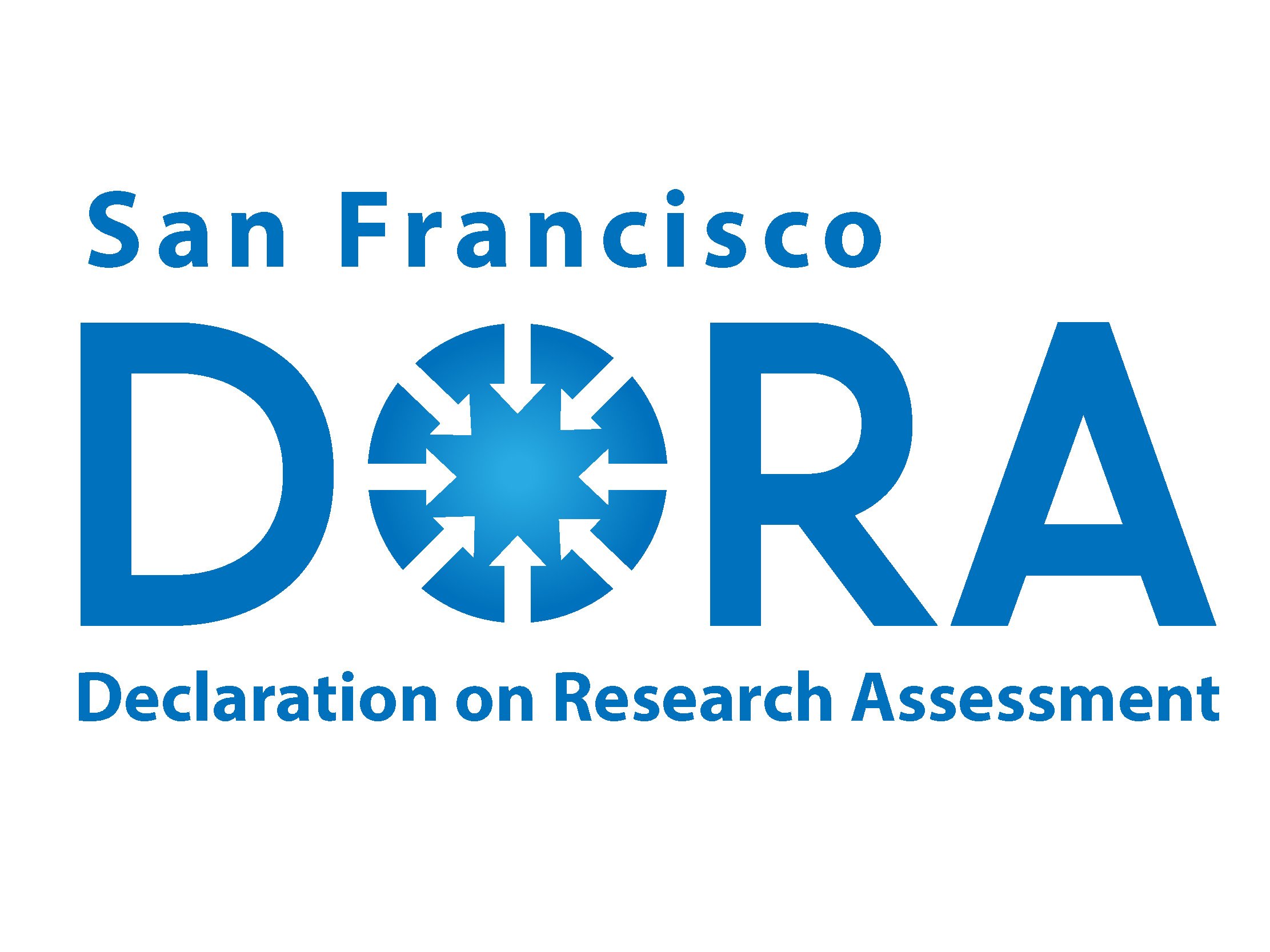
Journal Menu
► ▼ Journal Menu-
- Toxins Home
- Aims & Scope
- Editorial Board
- Reviewer Board
- Topical Advisory Panel
- Instructions for Authors
- Special Issues
- Topics
- Sections & Collections
- Article Processing Charge
- Indexing & Archiving
- Editor’s Choice Articles
- Most Cited & Viewed
- Journal Statistics
- Journal History
- Journal Awards
- Society Collaborations
- Conferences
- Editorial Office
Journal Browser
► ▼ Journal BrowserNeed Help?
Announcements
31 May 2018
2017 CiteScore™ Metrics Released
The 2017 CiteScore™ data is available now, based on citation data in the Scopus® database. The current CiteScore reflects citation activity in 2017 for articles published in 2014‒2016. Please note that the list below includes journals assigned a CiteScore in this year’s release. For a full list of journals indexed in Scopus, please see our journal list.
Thirteen of our journals received a CiteScore which is in the top 10% of the distribution in at least one of the categories (marked with * in the table below), while a further 32 journals exhibit scores that are in the first quartile of the respective categories.
To access the full data for MDPI journals, please see here. More data can also be found in SJR Scimago Journal & Country Rank.
Unlike CiteScores and the widely used Journal Impact Factors, the Source Normalized Impact per Paper (SNIP) metrics are normalized in order to correct for differences in citation practices between scientific fields. Therefore, the SNIP allows direct comparison between journals specialized in different fields.
According to 2017 data, MDPI publishes six journals with an average citation impact, or SNIP, in excess of 1.500. These journals are Biomolecules, Cancers, Journal of Clinical Medicine (JCM), Marine Drugs, Remote Sensing and Sensors (see the last column in the table below).
CiteScore Data for MDPI Journals
| Journal | Rank (Quartile) |
Category | Link | CiteScore 2017 | 2016 |
2015 |
SNIP 2017 |
| Aerospace | 43/116 (Q2) | • Aerospace Engineering | Link | 1.23 | - | - | 1.152 |
| Agriculture | 69/309 (Q1) 91/398 (Q1) 78/255 (Q2) |
• Agronomy and Crop Science • Plant Science • Food Science |
Link | 1.93 | - | - | 1.133 |
| Agronomy | 46/309 (Q1) | • Agronomy and Crop Science | Link | 2.38 | - | - | 1.115 |
| Algorithms | 22/46 (Q2) 61/125 (Q2) 60/107 (Q3) 64/114 (Q3) |
• Numerical Analysis • Computational Mathematics • Computational Theory and Mathematics • Theoretical Computer Science |
Link | 1.03 | 1.15 | 1.07 | 0.749 |
| Animals | 12/154 (Q1) * 48/367 (Q1) |
• General Veterinary • Animal Science and Zoology |
Link | 2.02 | 1.46 | 1.66 | 1.099 |
| Antibiotics | 6/68 (Q1) * 62/263 (Q1) 55/230 (Q1) 31/108 (Q2) 47/134 (Q2) 139/398 (Q2) |
• General Pharmacology, Toxicology and Pharmaceutics • Infectious Diseases • Pharmacology (medical) • Microbiology (medical) • Microbiology • Biochemistry |
Link | 2.85 | 1.65 | - | 0.975 |
| Antibodies | 43/143 (Q2) 61/164 (Q2) 85/189 (Q2) |
• Drug Discovery • Immunology and Allergy • Immunology |
Link | 2.85 | - | - | 0.844 |
| Antioxidants | 23/119 (Q1) 35/169 (Q2) 100/398 (Q2) 119/367 (Q2) 102/264 (Q2) |
• Clinical Biochemistry • Physiology • Biochemistry • Molecular Biology • Cell Biology |
Link | 3.42 | - | - | 1.361 |
| Applied Sciences | 48/270 (Q1) 15/66 (Q1) 31/116 (Q2) 18/53 (Q2) 151/434 (Q2) 186/535 (Q2) |
• General Engineering • Fluid Flow and Transfer Processes • Instrumentation • Process Chemistry and Technology • General Materials Science • Computer Science Applications |
Link | 1.90 | - | - | 0.801 |
| Biology | 12/177 (Q1)* 32/186 (Q1) 10/40 (Q1) |
• General Agricultural and Biological Sciences • General Biochemistry, Genetics and Molecular Biology • General Immunology and Microbiology |
Link | 3.48 | 3.02 | 2.78 | 0.961 |
| Biomolecules | 31/398 (Q1) * 41/367 (Q1) |
• Biochemistry • Molecular Biology |
Link | 5.72 | 1.67 | 3.08 | 1.542 |
| Biosensors | 20/119 (Q1) | • Clinical Biochemistry | Link | 3.59 | 2.83 | 2.37 | 1.122 |
| Brain Sciences | 47/111 (Q2) | • General Neuroscience | Link | 2.56 | - | - | 0.695 |
| Cancers | 26/323 (Q1) * 23/191 (Q1) |
• Oncology • Cancer Research |
Link | 5.82 | 5.02 | 4.07 | 1.567 |
| Catalysts | 32/151 (Q1) 21/46 (Q2) |
• Physical and Theoretical Chemistry • Catalysis |
Link | 3.23 | 3.44 | 3.45 | 0.954 |
| Crystals | 76/272 (Q2) 140/434 (Q2) 127/398 (Q2) 26/64 (Q2) |
• General Chemical Engineering • General Materials Science • Condensed Matter Physics • Inorganic Chemistry |
Link | 1.97 | 1.89 | 1.47 | 0.745 |
| Diagnostics | 49/119 (Q2) | • Clinical Biochemistry | Link | 2.43 | - | - | 0.788 |
| Diversity | 30/124 (Q1) 14/52 (Q2) 83/306 (Q2) 11/29 (Q2) |
• Nature and Landscape Conservation • Agricultural and Biological Sciences (miscellaneous) • Ecology • Ecological Modelling |
Link | 2.15 | 2.03 | 1.96 | 1.300 |
| Electronics | 109/644 (Q1) 26/148 (Q1) 42/224 (Q1) 50/259 (Q1) 23/96 (Q1) |
• Electrical and Electronic Engineering • Hardware and Architecture • Control and Systems Engineering • Computer Networks and Communications • Signal Processing |
Link | 2.97 | - | - | 1.227 |
| Energies | 6/73 (Q1) * 31/192 (Q1) 103/644 (Q1) 4/16 (Q1) 47/140 (Q2) |
• Control and Optimization • Energy Engineering and Power Technology • Electrical and Electronic Engineering • Energy (miscellaneous) • Renewable Energy, Sustainability and the Environment |
Link | 3.11 | 2.50 | 2.87 | 1.340 |
| Entropy | 35/202 (Q1) | • General Physics and Astronomy | Link | 2.41 | 1.87 | 1.99 | 1.189 |
| Forests | 17/129 (Q1) | • Forestry | Link | 2.31 | 2.06 | 1.76 | 0.990 |
| Future Internet | 132/259 (Q3) | • Computer Networks and Communications | Link | 1.25 | - | - | - |
| Games | 132/187 (Q3) 78/110 (Q3) 305/418 (Q3) |
• Statistics and Probability • Statistics, Probability and Uncertainty • Applied Mathematics |
Link | 0.61 | 0.87 | 0.57 | 1.038 |
| Genes | 21/91 (Q1) 74/311 (Q1) |
• Genetics (clinical) • Genetics |
Link | 3.49 | 3.62 | 3.18 | 0.374 |
| Geosciences | 32/182 (Q1) |
• General Earth and Planetary Sciences | Link | 1.97 | 1.67 | 1.29 | 0.856 |
| Information | 143/251 (Q3) | • Information Systems | Link | 1.16 | 0.78 | 0.94 | 1.146 |
| Insects | 27/135 (Q1) | • Insect Science | Link | 1.85 | 1.81 | 1.38 | 0.719 |
| International Journal of Environmental Research and Public Health (IJERPH) | 80/478 (Q1) 34/106 (Q2) |
• Public Health, Environmental and Occupational Health • Health, Toxicology and Mutagenesis |
Link | 2.41 | 2.38 | 2.42 | 0.931 |
| International Journal of Molecular Sciences (IJMS) | 7/69 (Q1) * 61/535 (Q1) 20/163 (Q1) 9/64 (Q1) 26/151 (Q1) 89/367 (Q2) 17/46 (Q2) |
• Spectroscopy • Computer Science Applications • Organic Chemistry • Inorganic Chemistry • Physical and Theoretical Chemistry • Molecular Biology • Catalysis |
Link | 3.86 | 3.73 | 3.37 | 0.998 |
| ISPRS International Journal of Geo-Information (IJGI) | 79/605 (Q1) 22/82 (Q2) 13/36 (Q2) |
• Geography, Planning and Development • Earth and Planetary Sciences (miscellaneous) • Computers in Earth Sciences |
Link | 2.10 | 1.62 | 1.52 | 1.062 |
| Journal of Clinical Medicine (JCM) | 10/841 (Q1) * | • General Medicine | Link | 7.07 | - | - | 1.535 |
| Journal of Functional Biomaterials (JFB) | 43/199 (Q1) 23/77 (Q2) |
• Biomedical Engineering • Biomaterials |
Link | 3.47 | - | - | 1.344 |
| Journal of Low Po- wer Electronics and Applications (JLPEA) |
301/644 (Q2) | • Electrical and Electronic Engineering | Link | 1.12 | 0.98 | 0.83 | 0.367 |
| Journal of Personalized Medicine (JPM) | 54/189 (Q2) | • Medicine (miscellaneous) | Link | 2.61 | - | - | 0.944 |
| Land | 50/124 (Q2) 129/306 (Q2) 36/65 (Q3) |
• Nature and Landscape Conservation • Ecology • Global and Planetary Change |
Link | 1.44 | - | - | 0.658 |
| Life | 4/94 (Q1) * 70/561 (Q1) 40/186 (Q1) 20/80 (Q2) |
• Palaeontology • Ecology, Evolution, Behavior and Systematics • General Biochemistry, Genetics and Molecular Biology • Space and Planetary Science |
Link | 3.16 | 2.95 | 1.68 | 0.935 |
| Marine Drugs | 17/146 (Q1) | • Drug Discovery | Link | 4.58 | 3.83 | 3.66 | 1.537 |
| Materials | 83/434 (Q1) | • General Materials Science | Link | 3.02 | 3.26 | 3.11 | 1.285 |
| Membranes | 5/18 (Q2) 15/53 (Q2) 4/10 (Q2) |
• Chemical Engineering (miscellaneous) • Process Chemistry and Technology • Filtration and Separation |
Link | 2.69 | 2.19 | 2.95 | 0.880 |
| Metabolites | 47/209 (Q1) 103/398 (Q2) 127/367 (Q2) |
• Endocrinology, Diabetes and Metabolism • Biochemistry • Molecular Biology |
Link | 3.35 | - | - | 0.925 |
| Metals | 155/434 (Q2) | • General Materials Science | Link | 1.87 | - | - | 0.955 |
| Micromachines | 105/554 (Q1) 154/644 (Q1) 64/224 (Q2) |
• Mechanical Engineering • Electrical and Electronic Engineering • Control and Systems Engineering |
Link | 2.31 | 1.83 | 1.78 | 0.987 |
| Minerals | 33/175 (Q1) 45/208 (Q1) |
• Geotechnical Engineering and Engineering Geology • Geology |
Link | 2.21 | 2.13 | 1.77 | 1.149 |
| Molecules | 4/25 (Q1) 25/172 (Q1) 18/104 (Q1) 31/163 (Q1) 30/151 (Q1) 31/146 (Q1) 55/160 (Q2) |
• Chemistry (miscellaneous) • Pharmaceutical Science • Analytical Chemistry • Organic Chemistry • Physical and Theoretical Chemistry • Drug Discovery • Molecular Medicine |
Link | 3.27 | 3.09 | 2.65 | 1.146 |
| Nutrients | 11/255 (Q1) * 9/112 (Q1) * |
• Food Science • Nutrition and Dietetics |
Link | 4.35 | 4.29 | 4.07 | 1.403 |
| Pathogens | 38/263 (Q1) 20/108 (Q1) 9/40 (Q1) 40/164 (Q1) 110/367 (Q2) |
• Infectious Diseases • Microbiology (medical) • General Immunology and Microbiology • Immunology and Allergy • Molecular Biology |
Link | 3.52 | - | - | 1.166 |
| Pharmaceuticals | 14/172 (Q1) * 33/160 (Q1) |
• Pharmaceutical Science • Molecular Medicine |
Link | 4.12 | 4.90 | 3.64 | 1.370 |
| Pharmaceutics | 21/172 (Q1) | • Pharmaceutical Science | Link | 3.68 | 3.83 | 2.68 | 1.092 |
| Photonics | 30/116 (Q1) 80/270 (Q2) 53/160 (Q2) |
• Instrumentation • Radiology Nuclear Medicine and Imaging • Atomic and Molecular Physics, and Optics |
Link | 1.96 | - | - | 0.817 |
| Plants | 73/561 (Q1) 48/389 (Q1) 44/306 (Q1) |
• Ecology, Evolution, Behavior and Systematics • Plant Science • Ecology |
Link | 3.13 | - | - | 0.969 |
| Polymers | 17/142 (Q1) 63/359 (Q1) |
• Polymers and Plastics • General Chemistry |
Link | 3.30 | 3.74 | 3.37 | 1.213 |
| Religions | 26/389 (Q1) * | • Religious Studies | Link | 0.56 | - | - | 0.676 |
| Remote Sensing | 13/182 (Q1) * | • General Earth and Planetary Sciences | Link | 4.03 | 3.56 | 3.76 | 1.559 |
| Resources | 19/142 (Q1) 39/261 (Q1) |
• Nature and Landscape Conservation • Management, Monitoring, Policy and Law |
Link | 2.69 | - | - | 1.387 |
| Scientia Pharmaceutica | 92/172 (Q3) | • Pharmaceutical Science | Link | 0.86 | - | - | 0.513 |
| Sensors | 9/116 (Q1) * 25/160 (Q1) 100/644 (Q1) 19/104 (Q1) 113/398 (Q2) |
• Instrumentation • Atomic and Molecular Physics, and Optics • Electrical and Electronic Engineering • Analytical Chemistry • Biochemistry |
Link | 3.23 | 2.78 | 2.21 | 1.550 |
| Social Sciences | 81/213 (Q2) | • General Social Sciences | Link | 0.60 | - | - | 0.445 |
| Sustainability | 61/605 (Q1) * 55/261 (Q1) 60/140 (Q2) |
• Geography, Planning and Development • Management, Monitoring, Policy and Law • Renewable Energy, Sustainability and the Environment |
Link | 2.37 | 1.96 | 1.78 | 1.030 |
| Symmetry | 44/327 (Q1) 17/45 (Q2) 16/40 (Q2) 14/25 (Q2) |
• General Mathematics • Computer Science (miscellaneous) • Physics and Astronomy (miscellaneous) • Chemistry (miscellaneous) |
Link | 1.32 | 1.12 | 0.95 | 0.802 |
| Toxins | 18/106 (Q1) 21/111 (Q1) |
• Health, Toxicology and Mutagenesis • Toxicology |
Link | 3.32 | 3.34 | 3.76 | 1.136 |
| Vaccines | 5/230 (Q1) * 13/263 (Q1) * 18/302 (Q1) * 11/146 (Q1) * 32/189 (Q1) |
• Pharmacology (medical) • Infectious Diseases • Pharmacology • Drug Discovery • Immunology |
Link | 4.88 | 1.23 | 3.76 | 1.255 |
| Viruses | 29/263 (Q1) 16/68 (Q1) |
• Virology • Infectious Diseases |
Link | 3.88 | 3.60 | 3.74 | 1.130 |
| Water | 66/605 (Q1) 37/191 (Q1) 43/199 (Q1) 193/398 (Q2) |
• Geography, Planning and Development • Water Science and Technology • Aquatic Science • Biochemistry |
Link | 2.29 | 2.05 | 1.96 | 1.007 |
18 May 2018
International Society for Mycotoxicology (ISM) is Now an Affiliated Society Member of Toxins

In April 2018, the International Society for Mycotoxicology (ISM) chose Toxins as its preferred journal and became an affiliated society member of the journal.
As part of this collaboration, all affiliated ISM members enjoy a discount on the article processing charges (APC) when submitting articles to Toxins. The International Society for Mycotoxicology (ISM) aims to increase scientific knowledge concerning biology, chemistry and any sciences/disciplines related to mycotoxins and toxigenic fungi, through membership networking, scientific meetings, symposia, discussions, technical courses and publications.
3 May 2018
Join us at ASM Microbe 2018, Atlanta, GA, USA, 8–10 June 2018

MDPI will be attending ASM Microbe 2018 International Conference during the three day event held from 8–10 June.
ASM Microbe showcases the best microbial sciences in the world and provides a one-of-a-kind forum to explore the complete spectrum of microbiology, from basic science to translation and application. Representatives of the following open access journals will attend:
Toxins
Journal of Clinical Medicine
Viruses
Antibiotics
Diseases
Medicines
Fermentation
Veterinary Sciences
Genes
International Journal of Environmental Research and Public Health (IJERPH)
Pathogens
Tropical Medicine and Infectious Disease
Vaccines
Microorganisms
If you are also attending this conference, please stop by our Booth: #731. Our delegates look forward to meeting you in person, to answer any questions you may have regarding open access publication and our journals. For more information about the conference, please visit: https://www.asm.org/index.php/asm-microbe-2018.
Date: 8–10 June 2018
Location: Georgia World Congress Center, 285 Andrew Young International Blvd NW, Atlanta, GA 30313, USA
30 April 2018
Winners of the First MDPI Writing Prize
We are pleased to announce the results of the first MDPI Writing Prize. We received a large number of entries from across the globe on the theme of “The Global Benefits of Open Research”. It was a pleasure to read so many original, well-researched and well-presented ideas, and the final choice was not an easy one. We are pleased to announce that the winners are as follows:
1st prize (500 CHF, Swiss knife and certificate)
Edmond Sanganyado, Shantou University, China
2nd prizes (250 CHF, Swiss knife and certificate)
Kamala T. Rajahgopal, Asia e University, Malaysia
Yin Zhixuan, Qingdao University of Technology, China
3rd prizes (100 CHF, Swiss knife and certificate)
Alexandra Ticea, Carol Davila University of Medicine and Pharmacy, Romania
Ankur Sarker, University of Virginia, USA
Daniel Attoye, United Arab Emirates University, UAE
Congratulations to all of them! The winning entries can be downloaded by clicking on the names above. A compilation of all entries will soon be available as an open access book.
The writing prize is sponsored by the MDPI English editing service.
23 March 2018
Check for Updates: A New Function in the Article PDF Version

At MDPI, we always want to keep you up to date. Even for already published articles, some corrections or minor changes may occur. To prevent you from missing any updates, from now on you will be able to access the latest version of any manuscript by clicking on the “check for updates” logo that you can find in the PDF file, even if you have saved the file on your computer.
22 March 2018
Congratulations to the Best Poster Award Winner at the 3rd German Pharm-Tox Summit, Göttingen, Germany, 2018 (Sponsored by Toxins)
The editorial team of Toxins would like to congratulate the winner of the Best Poster Award at the 3rd German Pharm-Tox Summit—Stefan Carle.

Here is the title and abstract of his work:
Title: Exploitation of Non-Toxic Diphtheria Toxin for Molecular Trojan Horse Development
Authors: Stefan Carle, Maximilian Fellermann, Holger Barth
Affiliation: Institute of Pharmacology and Toxicology, University of Ulm Medical Center, Germany
Abstract:
Molecular transport of therapeutic molecules across cellular membranes is highly limited by their size and charge. Only small, lipophilic molecules can effectively diffuse over such boundaries. Therefore, complex proteins are dependent on active transport mechanisms, such as receptor-mediated endocytosis. This issue is especially relevant for the targeted delivery of drugs and diagnostics to highly restricted body compartments such as the central nervous system and brain, which are further protected by the enclosed endothelium of the blood–brain barrier (BBB). The BBB is an efficient protection for the brain and central nervous system (CNS) against potentially harmful molecules, however, it is also an obstacle for possible drugs targeting pathologies in the brain and CNS. Hence, molecular transporters are needed to circumvent the BBB.
Diphtheria toxin (DT) displays properties that make it a promising candidate for the development of a so called molecular Trojan horse. As an AB-toxin, consisting of an enzymatically active A- and a binding/translocation B-domain, it shows specific uptake in most cell types and is able to deliver N-terminal cargo fusions into the cell. Furthermore, studies suggest that beside transport into cells, also transport across cellular layers is possible.
Here we show a strategy to generate molecular transporters based on an enzymatically inactive, non-toxic DT mutant, called CRM197, which is already in use as a vaccine carrier molecule and has a well validated safety profile. Based on morphological and biochemical evaluation, the enzymatic inactivity was confirmed. Competition assays with wild type (WT) DT demonstrated high receptor specificity. Using fluorescence microscopy, internalization of an N-terminally labeled CRM197 was shown into HeLa cells and human endothelial cells, which is especially interesting, since these cells will be used to generate a BBB model for further transcytosis studies.
15 March 2018
Congratulations to Eleven Journals for Publishing the Tenth Volume in 2018
Congratulations to the journals Cancers, Diversity, Future Internet, Nutrients, Polymers, Pharmaceutics, Remote Sensing, Sustainability, Symmetry, Toxins and Water for publishing their 10th volume in 2018!
We would like to send warm wishes from the Editors-in-Chief of these journals and look to the future. Acknowledgement of our past achievements provides the strongest stimulus for future endeavor.

To date, the journal Cancers has published more than 1000 papers and will receive its first impact factor in June. This milestone could not be achieved without our readers, authors, peer reviewers, editors, and all the people working for the journal who, for years, have contributed their tremendous efforts.
— Prof. Dr. Samuel Mok
Editor-in-Chief of Cancers

Ten years is a long time but a short period for a new journal. When we started Diversity 10 years ago, we had hoped that a journal with such a broad coverage of topics would attract potential authors and good contributions. We are very satisfied that our vision became reality.
Today, Diversity is home to interesting studies on different aspects of diversity mainly in biology, ranging from systematics, phylogeny and evolution, to ecology, biodiversity and conservation issues. I am confident that the next 10 years will witness the further growth of Diversity both in quality and quantity.
— Prof. Dr. Michael Wink
Editor-in-Chief of Diversity

Ten years have passed from the foundation of the “Future Internet” MDPI journal. We have witnessed the positive evolution of our journal, with ever-increasing interest from potential authors. The increasing fundamental eco-systemic importance of the journal’s subjects has also had positive effects. Therefore, the journal is currently evolving to cope with the increasing interdisciplinary and transdisciplinary views.
Past achievements and future prospects give us reason to celebrate ten years since the journal’s foundation. We will also set up a commemorative Special Issue.
— Prof. Dr. Dino Giuli
Editor-in-Chief of Future Internet

It is with great pride that Nutrients enters its 10th year of publication. Through the hard work and dedication of its Editorial Board, journal staff, and individuals who have unselfishly given their time to peer-review manuscripts, the journal has grown to become a leading publisher of nutrition research. During this 10th Anniversary year of Nutrients, I would like to take the opportunity to thank all who have contributed to the journal during its first decade.
— Prof. Dr. Jonathan Buckley
Editor-in-Chief of Nutrients

I am pleased and honored to celebrate the first decade of Pharmaceutics, as the founding Editor-in-Chief. This is also an opportunity for me to thank our authors, readers, reviewers, and editorial board members for their continuous support. We will receive our first impact factor in June 2018, in recognition of the great efforts made in the past ten years. We shall strive to improve the journal in the next ten years.
— Prof. Dr. Yvonnne Perrie
Editor-in-Chief of Pharmaceutics

Since its foundation in 2009, Polymers has evolved into an internationally renowned and successful Open Access journal. The core concept, namely that Open Access publishing can stand for high-quality publications, is working well. On a daily basis, ever since the journal’s foundation, the editorial team and the editorial board dedicate themselves to ensuring a high-quality rigorous peer-review process: only 30 to 50% of the submissions will be published in Polymers. This strategy been complemented by, among other features, the increasing impact factor of Polymers, the most recent one being 3.364. On the occasion of Polymers’ 10th anniversary, we would like to thank all authors who have contributed to the success of the journal by submitting their high-quality research papers. We look forward to your continuous support and the continued growth of the journal in the next decade.
— Prof. Dr. Alexander Böker
Editor-in-Chief of Polymers

MDPI’s Open Access journal Remote Sensing is now one of the top international scientific journal 's in remote sensing science. Well known scientists in the subject, from all over the world, publish in it on a regular basis. It has an outstanding and dedicated editorial team, editorial office, and reviewers. We pride ourselves on publishing high-quality original scientific articles. Our goal remains to become # 1 Journal in Remote Sensing Science.
— Dr. Prasad S. Thenkabail
Editor-in-Chief of Remote Sensing

The tenth anniversary of Sustainability is a momentous milestone, and it has been a privilege for me to be a part of it as Editor-in-Chief. This anniversary demonstrates the growing interest in and recognition of the importance of sustainability. The journal has been able to showcase the many advances made over the last decade in the thinking, methods and applications surrounding sustainability. Recently, the content of the journal has reflected the 17 Sustainable Development Goals of the 2030 Agenda for Sustainable Development that was adopted by the United Nations in September 2015. Sustainability has had a notable impact and expects to have an even greater impact over its next decade through publishing research on new advances in sustainability and fostering critical discussion.
— Prof. Dr. Marc A. Rosen
Editor-in-Chief of Sustainability

Our journal Symmetry celebrates its 10th anniversary in 2018. During the last 10 years, the journal has become one of the leading journals among all multi-science journals. This shows the fundamental role played by the symmetries of nature in natural science. This also reflects the huge number of researchers whose work relates to symmetry. We hope to achieve even better results in the coming years.
— Prof. Dr. Sergei D. Odintsov
Editor-in-Chief of Symmetry

It is my honor as Editor-in-Chief of Toxins to inaugurate the 10th anniversary of the journal’s inception. From the founding EIC, Professor Florian Lang and EIC Vernon Tesh and the many Section EICs and Editorial Board Members, the combined leadership of this effort to provide an outstanding vehicle for the dissemination of the results of high-quality scientific investigations and in-depth, insightful comprehensive reviews has resulted in the flagship journal of toxinology as we know it today. The publication metrics associated with Toxins support this claim by virtue of our increase in manuscript submissions and publications and annual citation rate of articles published in Toxins. Importantly, the impact factor for Toxins remains strong and representative of the significance of the science published in Toxins. As we progress in this anniversary year, we will celebrate the 10th anniversary with a continuation of our acclaimed travel award program for Post-Doctoral Fellows in the field of Toxinology as well as our soon to be announced “Toxins' 10th Anniversary Top Cited Researcher Award” program.
Thus, 2018 will be an exciting year, celebrating the 10th anniversary of Toxins, but also a year of looking forward for the best practices by which the journal can serve the toxinology community. With that in mind, please join us in celebrating the journal by submitting your work to Toxins and as always I welcome your suggestions for the improvement of “our” journal.
— Prof. Dr. Jay W. Fox
Editor-in-Chief of Toxins

Thank you to all the dedicated researchers, reviewers and editors who have made Water a success. The journal has become a popular outlet for cutting-edge research in the broad field of water science, technology, management and governance. The Open Access format has proven to be attractive, and authors highly value the quick handling of papers. After ten years, Water has become an established journal in the field.
— Prof. Dr. Arjen Y. Hoekstra
Editor-in-Chief of Water
To mark the anniversaries, we have established a Special Issue to look back over the previous decade of outstanding accomplishments and highlight innovative frontier research perspectives. We encourage you to keep an eye on the publications in this Special Issue and this journal, and hope you consider it as a venue for your future publications.
13 March 2018
MDPI Becoming a Member of UKSG

We are proud to announce that MDPI is now a member of UKSG, the UK´s largest scholarly communications community. Through UKSG, different stakeholders share their knowledge and experience in order to improve the knowledge and information environment for researchers. UKSG´s members include universities, publishers, content providers, intermediaries, and other similar organisations. Members participate in discussions and events on issues around scholarly communications.
The UKSG Annual Conference and Exhibition is a flagship initiative from the UKSG and one of the most stimulating events in the scholarly communications calendar. It is held annually and attracts a large number of delegates. More information is available at https://www.uksg.org/events/annualconference
MDPI is delighted to be a part of this active community and we look forward to making our own contribution. We will continue to support organisations and initiatives that boost collaboration and vision within scholarly communication.
More information about UKSG can be found at https://www.uksg.org/. The full membership list is available at: https://www.uksg.org/members.
1 February 2018
MDPI Signed the San Francisco Declaration on Research Assessment (DORA)

The DORA initiative addresses the need for advanced approaches in the evaluation and measurement of the quality of scientific research outputs. It is a worldwide initiative covering all scholarly disciplines. MDPI proudly joins a list of more than 400 organizations around the world which support DORA’s recommendations for improving the way the quality of research results is evaluated.
More info can be found at http://www.ascb.org/dora/
25 January 2018
Meet Us at the ACS National Meeting & Exposition in New Orleans, USA, 18–22 March 2018

We will be attending the 255th ACS National Meeting & Exposition. It is an interdisciplinary forum open to anyone with an interest in Chemistry and the related disciplines. Representatives of the following open access journals will attend:
Agronomy
Applied Sciences
Beverages
Biomimetics
Biosensors
C
Catalysts
ChemEngineering
Chemosensors
Coatings
Energies
Environments
Fibers
Foods
Gels
Inorganics
Journal of Marine Science and Engineering (JMSE)
Lubricants
Materials
Mathematics
Metals
Molecules
Nanomaterials
Polymers
Processes
Resources
Safety
Sensors
Separations
Sustainability
Symmetry
Toxins
Water
If you are also attending this conference, please feel free to stop by our booth (Booth #640). Our delegates look forward to meeting you in person to answer any questions you may have. For more information about the conference, please visit: https://www.acs.org/content/acs/en/meetings/national-meeting.html?sc=home_meetings_170818_mtg_NO18_od




